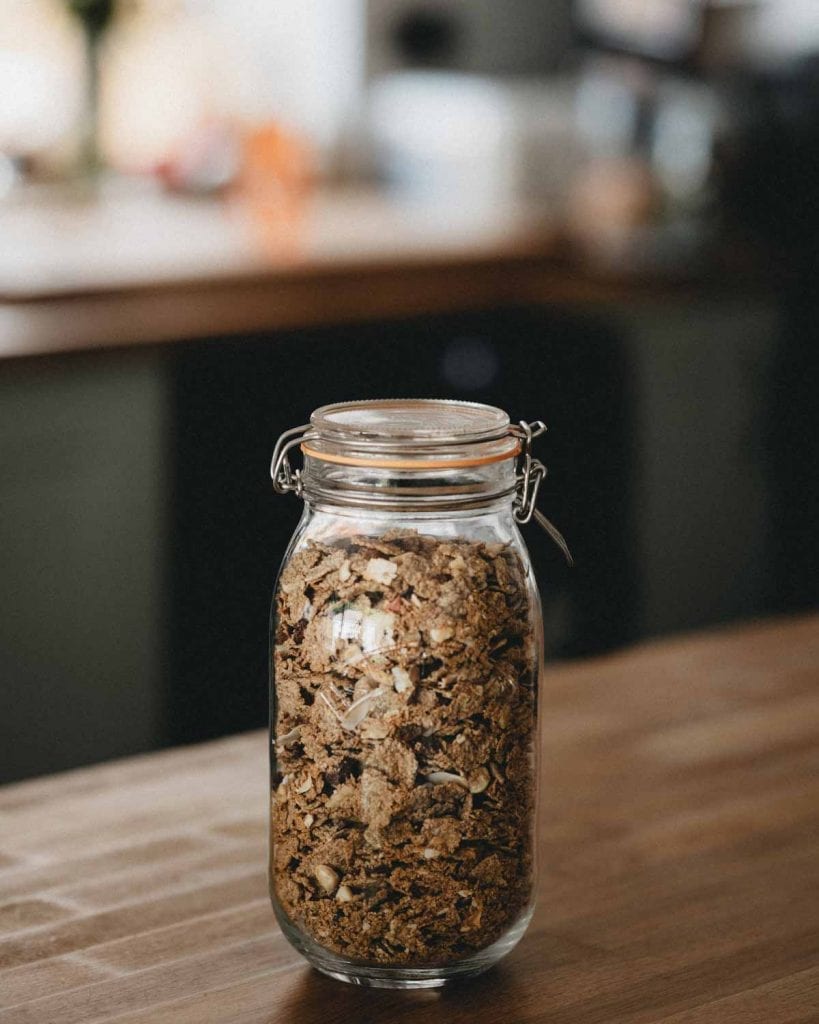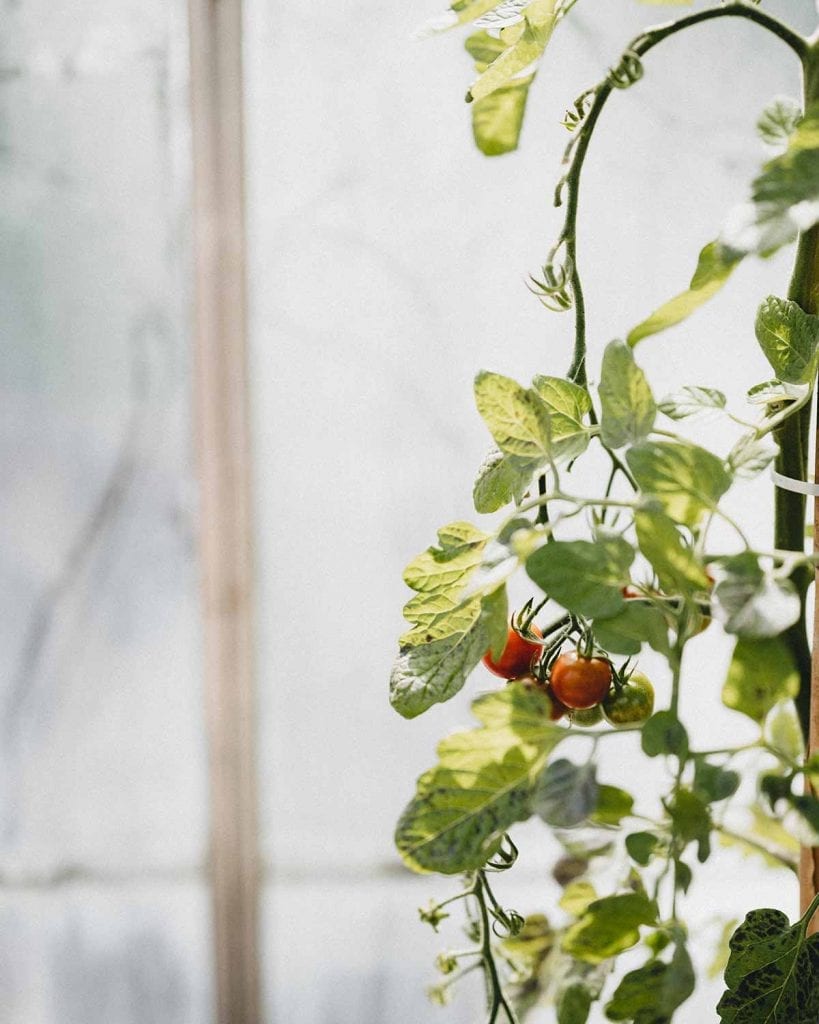When was the last time you sat down for a meal and thought about the environmental impact of your dining? You can make mealtime more sustainable and eco-friendly — here are 10 tips to get you started.
How To Make Mealtime More Sustainable
1. Create an Inventory
Much food waste starts at the grocery store. You roll in with a recipe for vegan cheesecake brownies then wonder, “Do I have cocoa powder?” Rather than spend the gas and emissions to drive back, you pick up a container — which then sits in your cupboard next to the open one.
Start making meal time more eco-friendly by taking a thorough inventory of what you have. Then, use an app to coordinate your shopping list across your family’s devices so your sweetie doesn’t duplicate your purchases.
2. Expand Meatless Monday
Raising livestock for meat production decimates rainforests and increases methane emissions. Plus, the saturated fat in some meats can raise your cholesterol levels and lead to heart disease.
Start expanding meatless Monday to several days a week. Invest in a new cookbook and whip up recipes your family will request again and again. Try incorporating one extra meatless day each week until you only consume animal flesh on rare occasions.
3. Experiment With Vegan Substitutions
Veganism benefits the planet, but you might steer clear if you consider it too restrictive. There weren’t many tasty meat substitutes in years past, but now you have a world of options.
Have you tried jackfruit? This large tropical fruit shreds like chicken or pork, making it ideal for tacos. Plus, its neutral flavor lets it absorb seasonings.
Tempeh is another tofu alternative. It has a smokier flavor, making it an ideal roast substitute. You can also find products containing heme that mimic the taste and texture of ground beef or sausage — some vegans find them so realistic they feel guilty eating them.
4. Keep Your Produce Fresher Longer
Is there anything more distressing to the sustainable meal time crew than reaching into your crisper to find limp, soggy lettuce? To reduce food waste, learn how to keep your produce fresher longer.
Wash your veggies in a vinegar and water solution before storing them. Doing so kills 98% of bacteria that cause food spoilage. It also removes any toxic pesticides.
As much as you may embrace minimalism, you owe it to yourself to invest in food storage. You can find drawer liners and aerated containers that whisk away moisture and keep your celery crunchy.
5. Be Selective When Buying in Bulk
You might have heard that buying in bulk saves trips to the store. While this principle works for nonperishables like paper towels, giant cereal boxes that go stale before you eat them create food waste.
It’s one thing to hit your neighborhood Costco for a mega-sized bag of chips before a party. However, for everyday occasions, buy smaller portions so nothing gets wasted.

6. Use Green Kitchen Gadgets
When you make a roast, do you run your oven? While doing so may keep your kitchen cozy in winter, you might waste unnecessary energy in the summer.
Instead, invest in an Instant Pot — they use less energy than conventional ovens and won’t run up your AC bill on hot days. Also, if you have older appliances, upgrade when you have the cash. Today’s Energy Star models save tons of water and kilowatt-hours.
7. Buy Local
Have you visited your local farmer’s market lately? Doing so can make meal time much more sustainable. Products shipped over long distances require considerable carbon emissions to transport, but those in nearby stands probably came from your town.
Buying local also helps protect animal welfare. Even “free-range” hens don’t necessarily go outside and may have an overcrowded pen if they do. However, you can talk to the vendors at your local farmers’ market and ensure their birds lead happy, healthy lives.
8. Play “Chopped”
Have you seen the hit Food Network series, “Chopped?” Contestants get a basket of diverse ingredients from which they make a gourmet meal. Many basket ingredients consist of leftovers.
Get equally creative with that half-eaten container of blueberries that’s about to turn. Can you blend them into a homemade vinaigrette dressing suitable for lunch at the Four Seasons — or your kitchen table?

9. Plant a Windowsill Garden
If you missed out on the pandemic gardening craze, don’t despair. Even though Old Man Winter may have come to visit, you can convert a sunny windowsill into an herb garden.
Fresh herbs wilt quickly, even if you store them properly by placing them in water. However, you can snip a sprig of oregano when you make spaghetti if you have a live plant. You’ll enjoy improved flavor and nutritional benefits.
10. Upgrade Your Beverage Choices
If you still buy plastic water bottles, please stop. Even though petroleum companies use recycling as a selling point, in reality, much of what you throw in the bin ends up in the landfill to cut costs.
Same goes if you are a soda junkie. Instead, add fruit to water in a reusable glass pitcher you keep in your fridge. You’ll pour glasses of flavor and vitamins without adding calories or contributing to landfills.
“This magical, marvelous food on our plate, this sustenance … has a story to tell. It has a journey. It leaves a footprint … a legacy. To eat with reckless abandon, without conscience, without knowledge; folks, this ain’t normal.”
— Joel Salatin, farmer and author of “Folks, This Ain’t Normal; You Can Farm”
Make Your Mealtime More Sustainable And Eco-Friendlier
Remember…
Becoming more eco-friendly and sustainable doesn’t necessarily require you to buy an electric car or install solar panels. Hopefully the above tips will help you to make mealtime more sustainable for you and your loved one. You can reduce your carbon footprint each time you sit down to eat.
Photography by Annie Spratt




